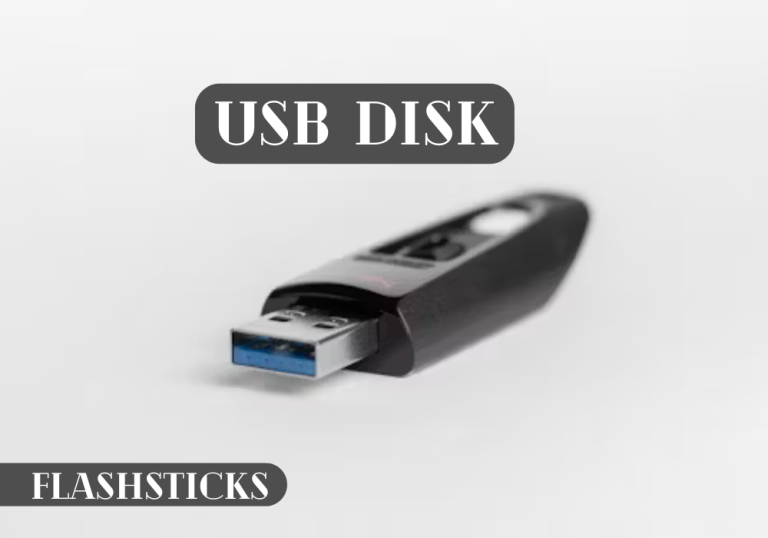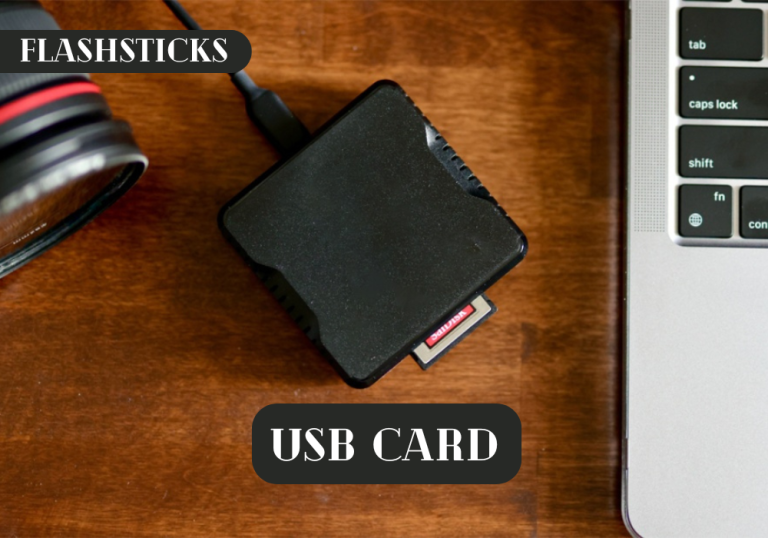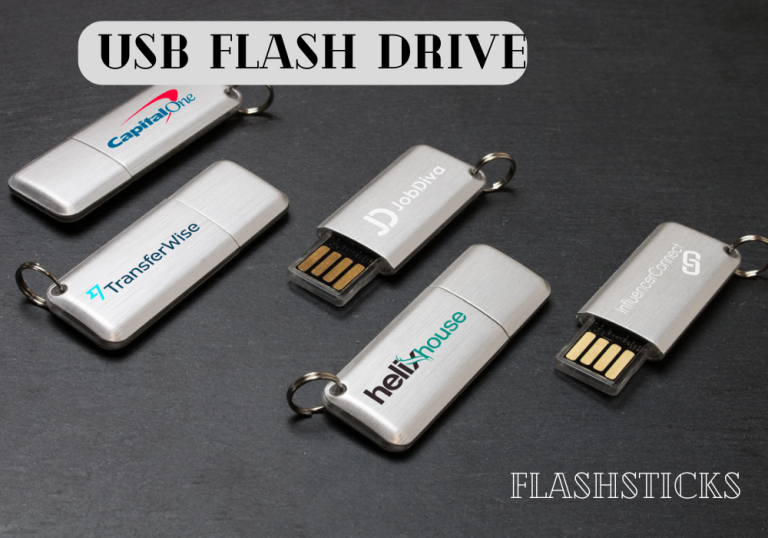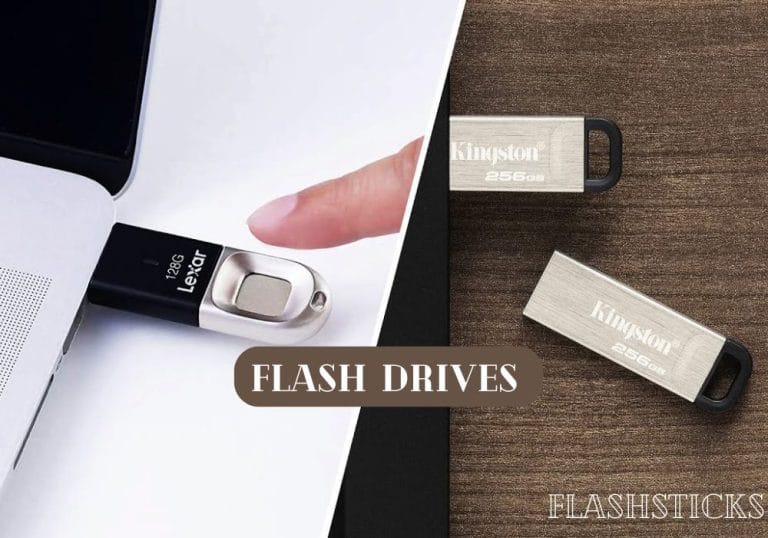Flash Drives Explained: Essential Portable Storage Unveiled
In today’s fast-paced digital world, the necessity for efficient and portable data storage solutions is more important than ever. Whether you’re a student, professional, or tech enthusiast, understanding the benefits and practical uses of flash drives can greatly enhance your digital toolkit. In this comprehensive guide, we’ll delve into the world of flash drives, uncovering their benefits, practical applications, and tips to maximize their usefulness.
What is a Flash Drive?
A flash drive, also known as a USB drive or thumb drive, is a small, portable data storage device that uses flash memory to store and transfer data. These devices connect to computers and other compatible devices via a USB port, providing a user-friendly, plug-and-play experience. Flash drives have become ubiquitous due to their convenience, reliability, and quick transfer speeds.
Benefits of Using Flash Drives
Flash drives offer numerous advantages over other storage media:
- Portability: They are compact and lightweight, making them easy to carry around.
- Durability: Unlike traditional hard drives, flash drives have no moving parts, which reduces the risk of mechanical failures.
- Capacity: They are available in various storage capacities, ranging from a few GBs to several TBs.
- Speed: Flash drives offer quick data transfer speeds, especially those with USB 3.0 or newer interfaces.
- Compatibility: They are compatible with multiple devices, including computers, game consoles, and smart TVs.
Common Uses for Flash Drives
Flash drives are extremely versatile and can be used for a variety of purposes:
Data Storage and Transfer
Flash drives are commonly used for storing and transferring files such as documents, videos, and photos between different devices.
Bootable Drives
They can be used to create bootable drives for operating systems, which is helpful for system installations and recoveries.
Media Players
Many modern media players and smart TVs support USB connectivity, allowing you to play media files directly from a flash drive.
Secure Backup
Keeping an encrypted flash drive ensures that sensitive information is safely backed up and easily accessible when needed.
Types of Flash Drives
| Type | Description |
|---|---|
| Standard USB | Common for general-purpose storage and transfer tasks. |
| USB 3.0/ 3.1 | Provides high-speed data transfers with compatibility to older USB ports. |
| USB-C | Features a reversible connector, ideal for modern devices with USB-C ports. |
| OTG (On-The-Go) | Allows direct connection to mobile devices for easy file transfers. |
Practical Tips for Using Flash Drives
Here are some tips to enhance your experience with flash drives:
Organize Your Files
Maintain a tidy file structure to quickly locate and manage your data.
Regular Backups
Consistently back up important files to avoid data loss due to unforeseen issues.
Use Encryption
Encrypt sensitive data to ensure that it remains secure even if the flash drive is lost or stolen.
Eject Safely
Always use the ”safely remove hardware” option before unplugging your flash drive to prevent data corruption.
Factors to Consider When Buying a Flash Drive
Choosing the right flash drive depends on your specific needs. Here are some factors to consider:
- Storage Capacity: Determine how much storage you need based on the types of files you plan to store.
- Transfer Speed: Look for USB 3.0 or newer versions if you require faster data transfer rates.
- Compatibility: Ensure the flash drive is compatible with the devices you intend to use.
- Durability: Consider drives with shock-resistant or water-resistant features for added reliability.
- Security: For sensitive data, choose a flash drive that supports encryption and password protection.
Frequently Asked Questions
Are flash drives reliable for long-term storage?
While flash drives are durable and resistant to physical damage, they are not ideal for long-term data storage. Use them for short-term tasks and backup important data on more robust storage solutions.
How do I know if my device supports USB 3.0?
Check the specifications of your device or look for blue-colored USB ports, which typically indicates USB 3.0 support.
Can I use a flash drive with my smartphone?
Yes, with an OTG-compatible flash drive or using an appropriate adapter for USB-C or micro-USB ports, you can connect a flash drive to your smartphone for data transfers.
Why is my flash drive not recognized by my computer?
This could be due to multiple reasons, such as driver issues, hardware problems, or the drive being corrupted. Try using it on another computer or troubleshooting through device manager settings.
Conclusion
Flash drives are incredibly versatile and indispensable tools for anyone who needs portable and secure data storage. From sharing files between devices to carrying important documents and creating bootable drives, they offer a wide range of uses. By understanding the benefits and selecting an appropriate flash drive based on your needs, you can efficiently manage and transport your data.
Whether you’re a tech-savvy user or someone who’s just beginning to explore the realm of digital storage, flash drives provide an accessible and reliable solution for all your data needs. Choose wisely, follow best practices, and enjoy the convenience that these small but mighty devices bring to your technological world.







